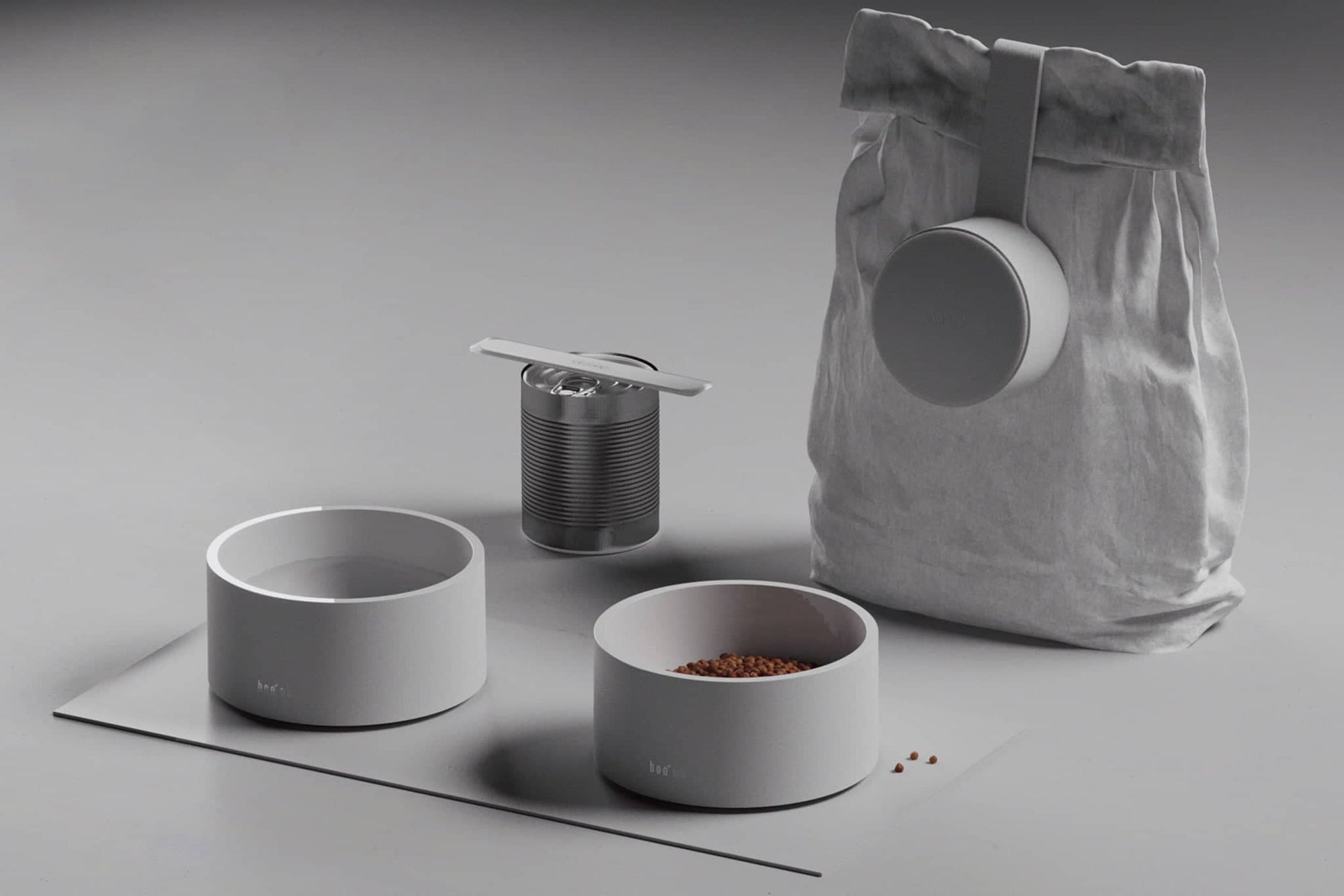It’s not just about feeding your dog’s appetite, but also providing nourishment and security. As a responsible dog-owner the goal is to make mealtimes enjoyable and beneficial to your beloved pet. Slow feeding dog dishes are the ideal solution to a healthy and relaxing time for eating.
Understanding Slow Feeder Dog Bowls
Slow feeder dog bowls are specifically designed to slow down your dog’s eating pace. They are designed with obstacles, ridges, and mazes that make your dog have to work harder to reach their food. They are made to prevent your dog from eating too quickly.

Slow Feeder Slow Feeder for Dog Bowls The Benefits and Uses
Slow feeder dog dishes stop your pet from eating too quickly. Rapid eating is associated with digestive issues and could result in excessive eating. This is particularly true for dogs with larger breeds.
Helps stimulate the mind : The mazes and patterns in the bowl are sure to stimulate your dog’s brain, providing the dog a challenging and enjoyable experience at mealtime. This stimulation for the mind helps to reduce boredom and stress, as well as improving well-being.
The slower pace of eating aids digestion since it allows food to be chewed well that aids in absorption, and lessens the danger of choking.
Weight Management: By slowing down your dog’s eating pace and creating a feeling of fullness Slower feeder bowls aid in weight control by preventing overeating and resulting weight increase.
Reduces the chance of having bloat. Fast-paced eating can lead you to gulp air, which can lead to bloating and discomfort in your digestive tract. Slower feeding bowls lower the risk of this because they encourage a more gradual and controlled eating pattern.
Picking the right slow feeder Dog Bowl
When selecting a slow feeder dog bowl, take into consideration your dog’s size, feeding habits and special requirements. If your dog is smaller, go for bowls with shallower mazes and ridges to make sure they can access the food with ease. The more complex mazes are more difficult for larger dogs.
Consider the material of the bowl. Ceramic slow feeder bowls for dogs are strong and easy to clean, making sure that your dog is secure and hygienic dining experience.
Slow Feeder Dog Bowls for Your Dog
It could take some time and patience to change your dog’s bowl to a slow feeder. Here are steps to help your dog get used to the change:
Familiarization: Place your dog’s most loved treats or kibbles into the feeder slowly and let them play.
Gradual Transition: First, mix your dog’s regular food into the slower feeder bowl to make it easier for them to transition. The amount of food you feed your dog will increase slowly into the bowl.
Positive Reinforcement: When your dog has a good time navigating the slow food bowl Reward them with praise and treats.
Check your progress: Keep an eye on your dog’s comfort and how he is progressing. Consider adjusting the level of challenge in the bowl in the event that your dog is stressed or angry.
Slow Feeder Dog Bowls: How to Include Them in Your Routine
Once your dog has become familiar with the slow-feeding bowls for dogs, you can create them as a regular element of their daily feeding schedule. You can track the way they eat to determine the effect it has on their digestion.
In conclusion
Mealtime is a significant component of your dog’s day-to-day routine, so providing them with the right tools and environment for eating a nutritious and enjoyable meal is essential. Slow feeder bowls are an engaging and effective way to help your dog improve their eating habits and prevent eating too much. They also encourage mental stimulation.
A slow feeder bowl is a great investment for your dog’s health and happiness. Make sure you choose the appropriate bowl for your pet. introduce it gradually, and observe the improvement of your dog’s eating experience. Slow down, take in the moment and make improvements to the routine of your dog’s meals by using a slow-feeder dog bowl.
